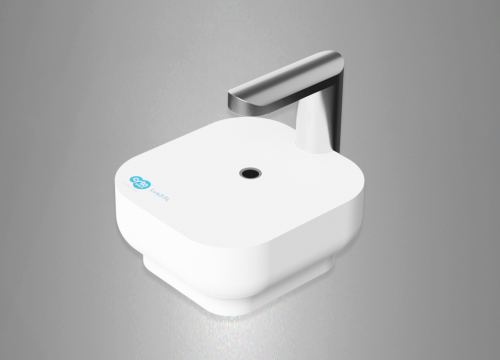Authors: Gaal RCV, Buskermolen ABC, Ippel BD, Fransen KHF, Zaccaria S, Bouten CVC, Dankers PYW.
Biomaterials, Volume 224, 2019
Supramolecular biomaterials based on hydrogen bonding units can be conveniently functionalized in a mix-and-match approach using supramolecular additives. The presentation of bioactive additives has been sparsely investigated in supramolecular-based elastomeric biomaterials. Here it was investigated how cell adhesive peptides are presented and affect the surface in supramolecular biomaterials based either on ureido-pyrimidinone (UPy) or bisurea (BU) moieties. Polycaprolactone modified with UPy or BU moieties served as the base material. RGD or cyclic (c)RGD were conjugated to complementary supramolecular motifs, and were mixed with the corresponding base materials as supramolecular additives. Biomaterial surface morphology changed upon bioactivation, resulting in the formation of random aggregates on UPy-based materials, and fibrous aggregates on BU-materials. Moreover, peptide type affected aggregation morphology, in which RGD led to larger cluster formation than cRGD. Increased cRGD concentrations led to reduced focal adhesion size and cell migration velocity, and increased focal adhesion numbers in both systems, yet most prominent on functionalized BU-biomaterials. In conclusion, both systems exhibited distinct peptide presenting properties, of which the BU-system most strongly affected cellular adhesive behavior on the biomaterial. This research provided deeper insights in the differences between supramolecular elastomeric platforms, and the level of peptide introduction for biomaterial applications.
